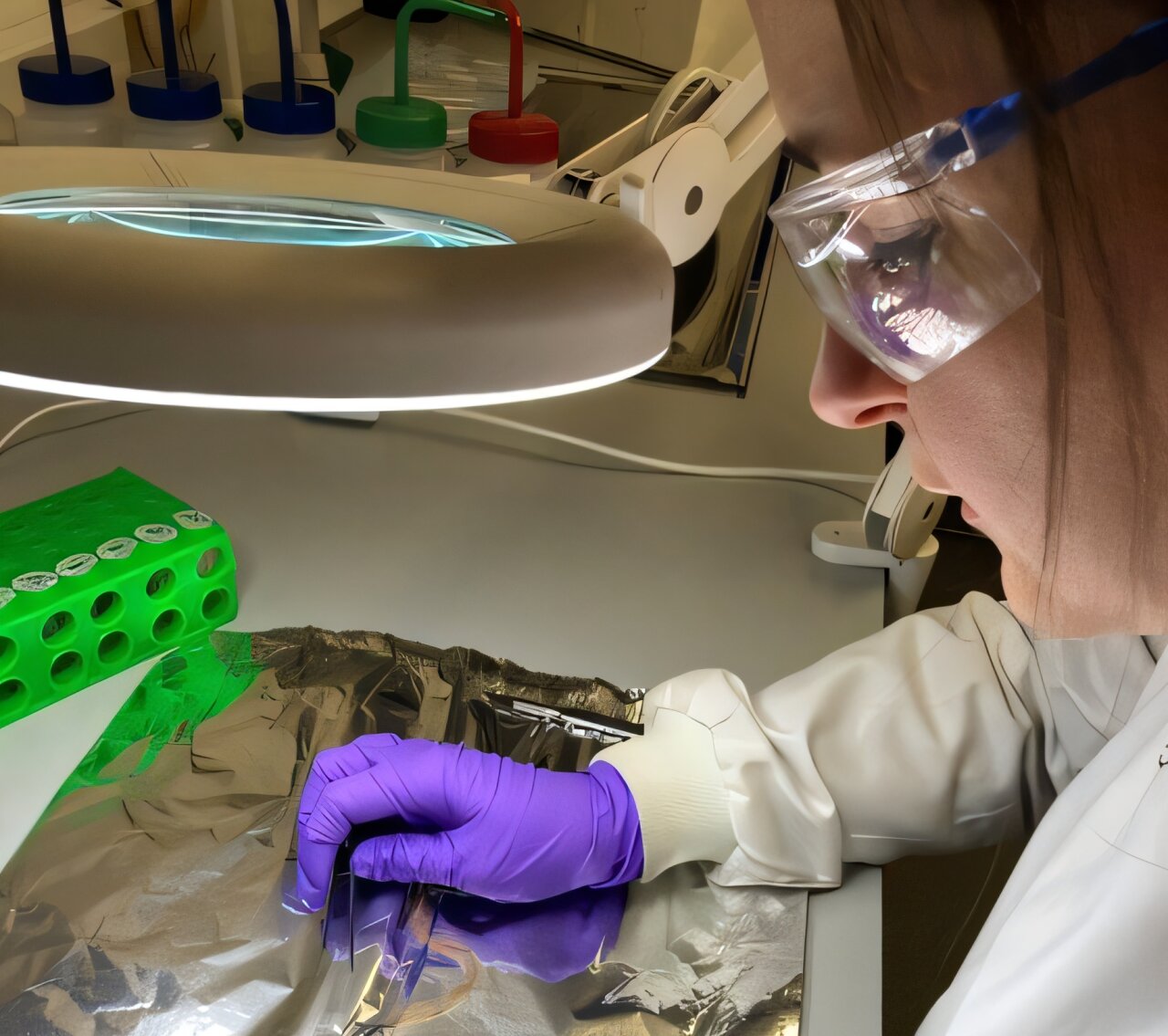- cross-posted to:
- [email protected]
- cross-posted to:
- [email protected]
The researchers compared vitamin D levels in the hair of volunteers who have been living in the Aberdeen area for at least two and a half years to those analyzed in a rare specimen of preserved hair from a burial previously excavated from St Nicholas Kirk, estimated to have lived in the city in the 16th or 17th century.
Vitamin D is essential for healthy skeletal growth and is increasingly recognized for its role in chronic disease development, inflammation and immunity. But in Scotland the sunshine is only strong enough to allow our bodies to produce our own vitamin D between April and September…
"In recent years there have been wide-spread health promotions around the benefits of supplementing with vitamin D during winter.
"Similarly, we could reasonably expect that a medieval population is likely to have spent a greater proportion outside and that those living in coastal areas like Aberdeen in the past may have consumed a greater proportion of their diet from local sources such as fish.
“But what this unique study has shown is that levels in many of our modern participants were similar to those of our archaeological sample, and that levels were consistently higher in summer and lower in winter in people who lived in the same city 400 years apart.”


